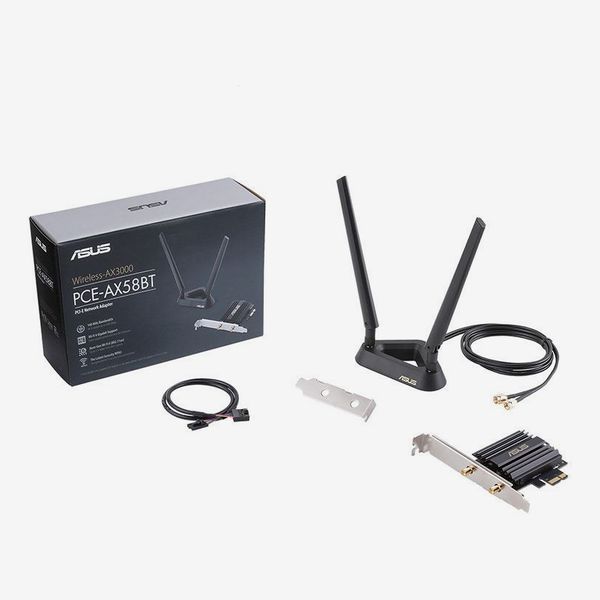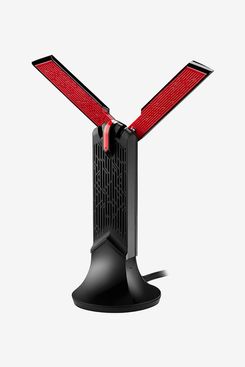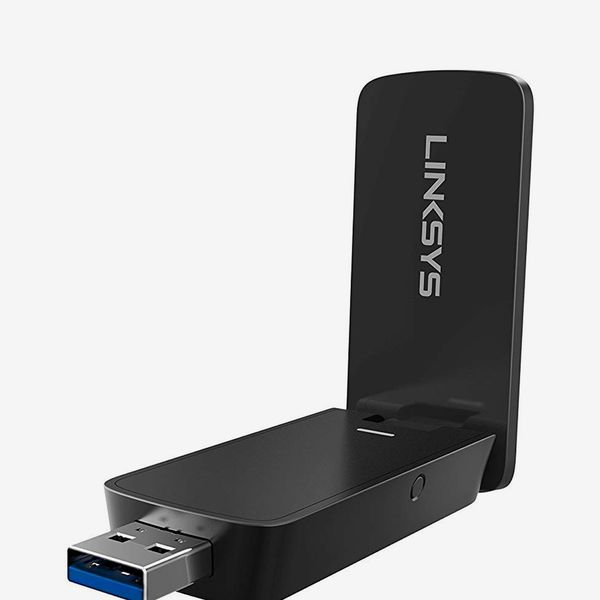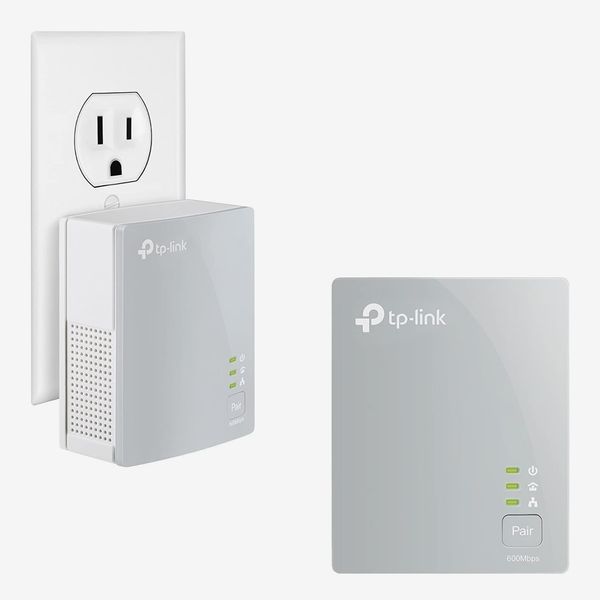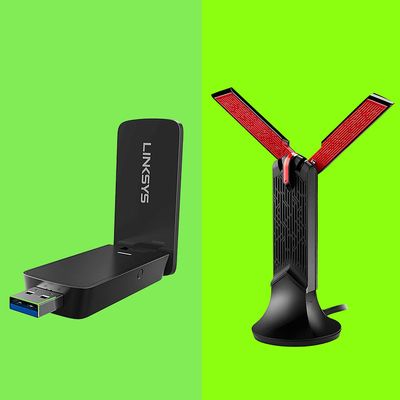
A good Wi-Fi connection is one of the most important things a PC user needs, especially if you’re a gamer. Even if your computer is running at 240 fps, laggy internet means you won’t even notice. “If you spend a lot of money on a PC, then making sure that you have a decent and stable internet connection should also be a priority,” says Caleb Korthals, a tech TikToker who runs the channel Hardware Help PCs. While most PC builds come with Wi-Fi built in, some motherboards do not. If that’s the case, you’ll need a Wi-Fi adapter. It’s rare, but the experts we consulted said non-gamers can benefit from Wi-Fi adapters, too. Although most laptops and general desktops also have Wi-Fi built in, if you find your computer moving at the speed of dial-up, a Wi-Fi adapter is a quick and relatively inexpensive way to bring back the speeds you expect (or upgrade you to modern Wi-Fi capabilities), says Miguel Melendez at B&H Photo and Video. “Adapters can add wireless connectivity to a system and they can breathe some new life into an aging wireless card inside of a desktop or a laptop,” he says. “That should translate directly to better signal, better speeds, and a more reliable connection.”
The most common and simplest Wi-Fi adapter plugs into a USB outlet. This should be fine for most people, but it does slightly reduce speed, in that you’re adding components for the signal to go through. For the purest Wi-Fi experience, you’ll want a PCi expansion (PCi-E) card, which plugs directly into the motherboard. All of the options below work with both 2.4 GHz and 5 GHz frequencies, giving you the best speed options for most circumstances. A 2.4 GHz connection, for instance, has slightly lower speeds but can travel farther from the modem; 5 GHz frequencies get you faster speeds, but only work at shorter distances. If your home is filled with a large amount of electronic devices or you live in an apartment, the 2.4 GHz frequency band can sometimes become congested, which is why you may experience lower speeds and a dip in connection quality.
To help you find the best Wi-Fi adapter for your circumstances, we spoke with Korthals, Melendez, and Terrence McKelvey “DaPoets”, a TikTok tech reviewer with 3.5 million likes. Their recommendations below should have you covered whether you’re a gamer or just suffering from slow speeds.
Best PCi-E Wi-Fi Adapter
The ASUS PCE-AX58BT was recommended by both Melendez and McKelvey. It supports the newest Wi-Fi 6 speeds and technology. Wi-Fi 6 “allows for up to 80 percent longer range, more efficient connections in dense areas (coffee shops, conventions, etc.), and as much as seven times better power savings compared to Wi-Fi 5 devices,” says McKelvey. “This is an exceptional upgrade for any PC that is running on an older generation of Wi-Fi, and it allows for speeds as high as 3,000 Mbps,” he adds.
Best USB Wi-Fi adapter
Melendez says one of the major benefits of a USB Wi-Fi adapter is the easy installation: “They are mostly plug and play,” as he puts it. If you have Windows 10, drivers will be auto-downloaded, and in the rare cases where a Mac needs a Wi-Fi adapter, you can download the driver from the manufacturer’s website. This adapter will get you a reliable connection and it supports up to 600 Mbps on the 2.4 GHz band and 1,300 Mbps on the 5 GHz band. It also has a (rather alien-looking) USB stand that allows you to position it to receive the strongest possible connection.
Best (less expensive) USB Wi-Fi Adapter
Another simple plug-and-play adapter, the Linksys AC1200 makes it easy to switch between frequencies depending on the intensity of the tasks. If your main interest is in setting up a more efficient online-gaming experience, this device can help you do that, but you should be as close to your routers as possible to take advantage of the faster speeds.
Best powerline adapter
No, it’s not Wi-Fi, but for the most speed, you’re always going to do best with a direct connection. The problem, Korthals explains, is that many home layouts don’t allow for that. “I’ve seen some people take crazy methods to use ethernet, which ranges from running the cord through the ceiling or even out a window and down the side of a house,” he says. “I cannot take these extreme measures, so I use a powerline adapter.” Although his computer has built-in Wi-Fi, “the powerline adapter provides a more reliable connection.” Just plug one component into the router and the other into the outlet nearest your computer. The powerline uses the electrical wiring in your house to transmit internet. All you have to do is plug an ethernet cable into the outlet that’s plugged into the wall to connect to your computer.
The Strategist is designed to surface the most useful, expert recommendations for things to buy across the vast e-commerce landscape. Some of our latest conquests include the best acne treatments, rolling luggage, pillows for side sleepers, natural anxiety remedies, and bath towels. We update links when possible, but note that deals can expire and all prices are subject to change.
